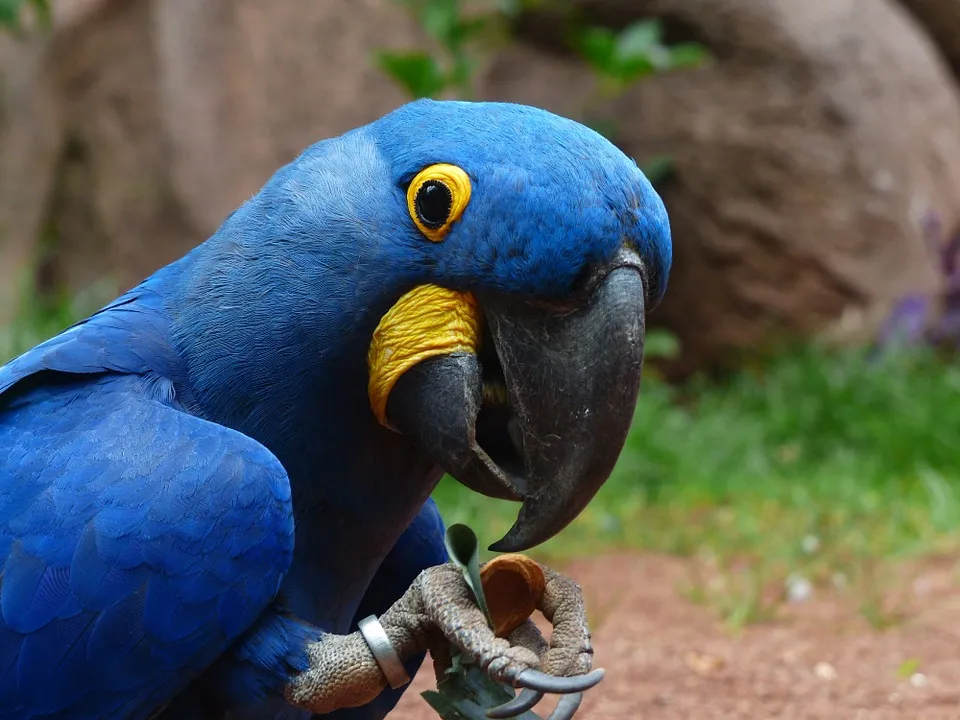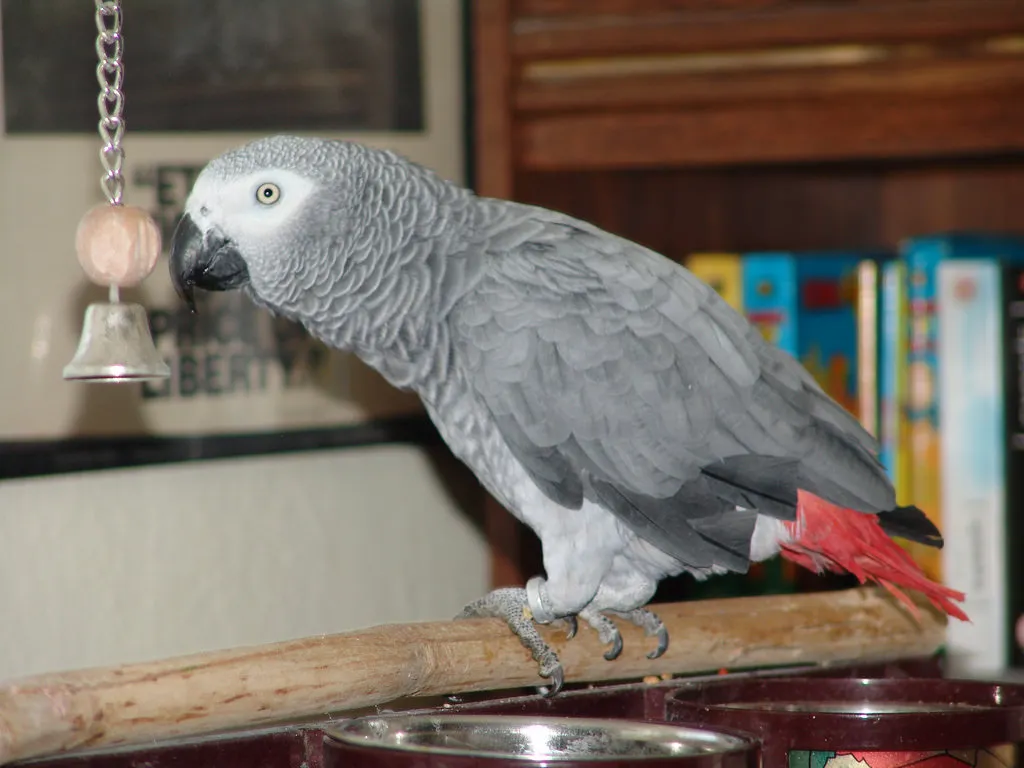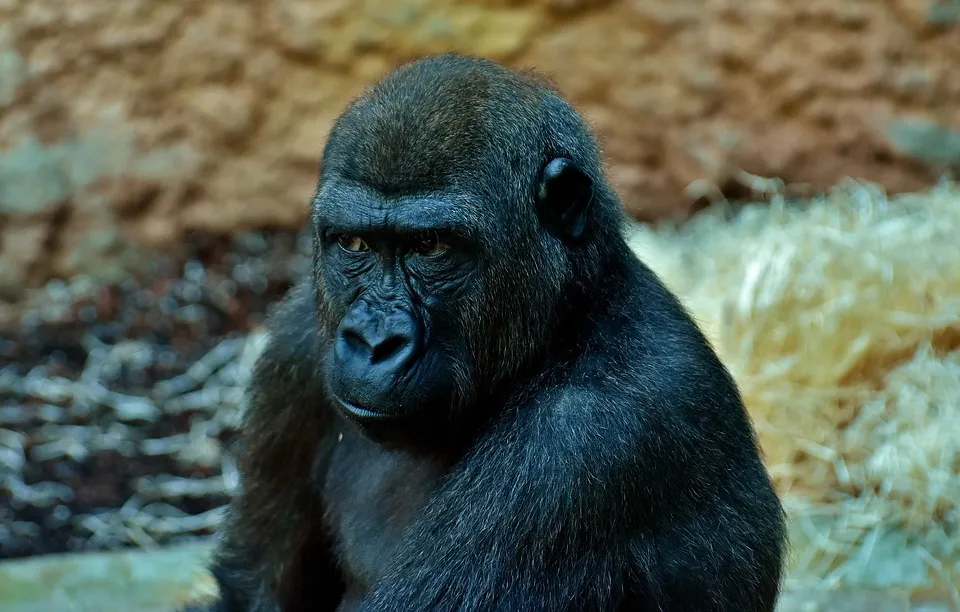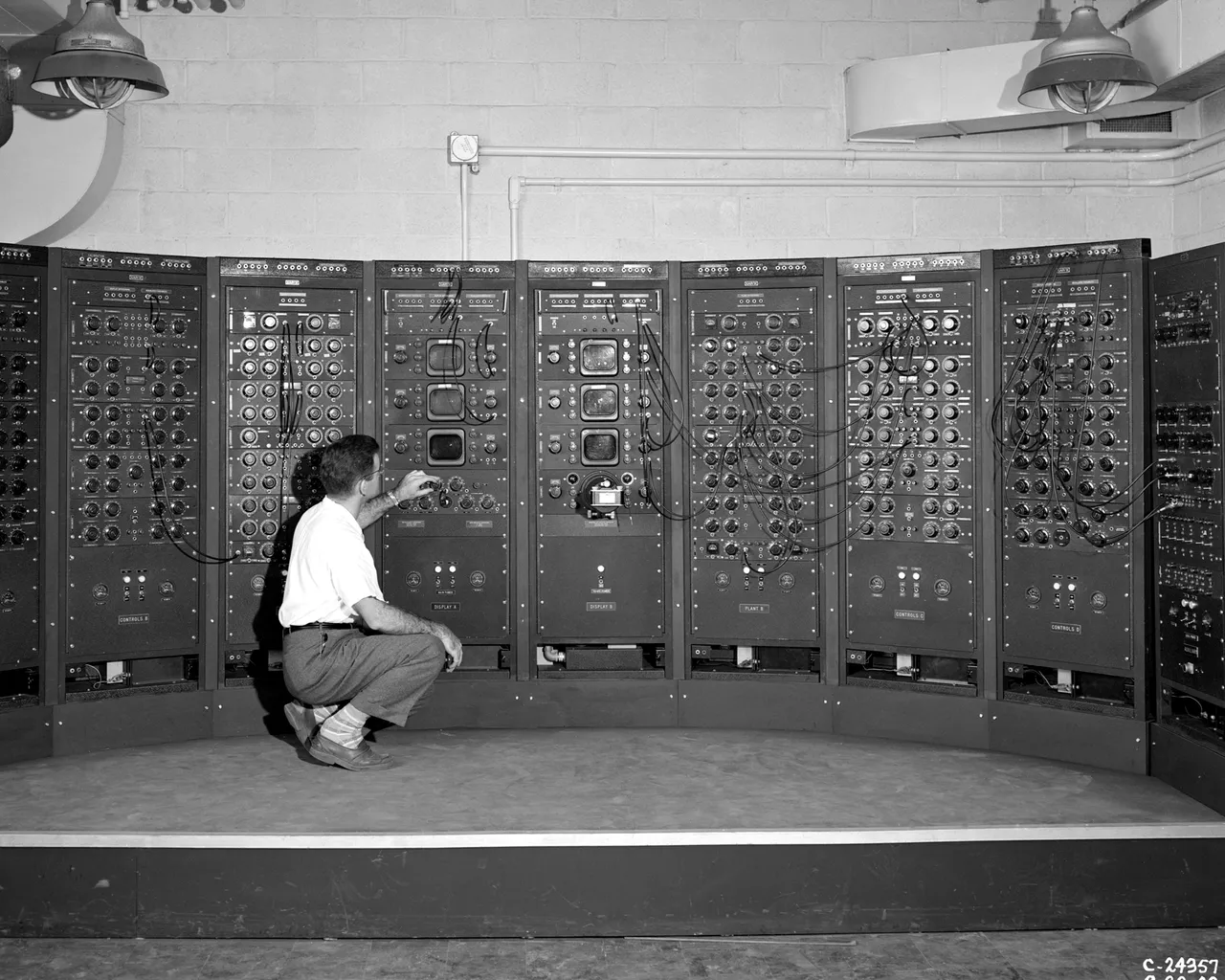
The brain of an elephant weighs just over 5 kg. A parrot brain weighs in at around 24 grams. Can you guess which one performs better on tests of intelligence?
Since I asked the question I’m sure you can. Recent experimental evidence indicates that the intelligence of some parrots may be equal to primates such as chimpanzees and gorillas- outperforming the elephants. [1]
Ever since a childhood trip to the zoo where an Australian cockatoo told me to '$%% off,' I realized that parrots are a bit different from other birds. Still, it does seem a little unlikely that an animal with such a small brain could rival the intellect of an animal like a chimpanzee, which is only separated from us by a percentage or two of DNA.
Part 1: Amazing Alex
The majority of evidence for parrot intelligence comes from the intellectual achievements of an African grey parrot called Alex. Alex was trained from the age of one year by animal psychologist Irene Pepperberg. You can see him in action in this YouTube video. Here are a few of Alex’s most significant intellectual achievements

Language Use
Many parrots have been trained to copy words or phrases, but there is abundant evidence that Alex understood at least some of what he was saying. He could identify 50 objects and knew seven colours and five shapes. He had functional use of phrases such as ‘wanna go back’ and ‘wanna banana [2] .' No one, including grey parrots, wants to be tested all day. During tests, Alex would often say ‘wanna go back’, indicating that he wanted to go back to his cage. He could also ask for specific foods and would sometimes throw them at the researcher if they bought something him something different.[3]
Other subsequent behaviour supported him understanding the meaning of what he was saying, for example he would continue to complain if not taken where he had asked, or sit quietly if the researcher followed his request. [2]
Mathematical Ability
I wouldn’t want to you to dismiss Alex as just an Arts student, he also had some mathematical ability, being able to count to 6, and correctly answer questions about quantity, for example 'How many triangles?'[3]
Abstract Thinking
Perhaps his most impressive achievement was his ability to understand abstract concepts. He could correctly answer questions about whether things were the ‘same' or ‘different’, and also understood relational concepts such as bigger or smaller.[4]
He is also the first animal ever on record to have asked a question. He was looking at himself in the mirror and said ‘what color?’ He learned the word ‘grey’ from the answer given by the researcher.[3]
These results have caused a lot of excitement, as it was previously thought only primates were capable of abstract thinking. These results appear to show an example of convergent evolution of intelligence. [1]Primates and parrots are separated by hundreds of millions of years from a common ancestor, yet both appear to have evolved higher cognitive functions such as planning and abstract thinking.
Some Skepticism

Conclusions about the cognitive abilities of parrots are a little shaky, considering much of it is based on one single subject. Following Peppersberg's early results, some researchers claimed this was an example of the clever Hahn’s effect. This effect is when an animal appears to be answering questions correctly, but is instead just responding to cues from the questioner. [5] This doesn’t seem to apply to Petersburg’s research however, as Alex was able to show similar levels of performance with different researchers. [3]
Recent research on different African Grey parrots supports the generalisation of Alex’s intellectual feats. These parrots have also been able to learn many words and respond to questions correctly, and a recent study supported the conclusion that parrots can understand the concepts of same and different. [3]
Part 2: How can you be intelligent with a brain the size of a walnut?
1. Neuron packing density
We have grown very familiar with the concept of packing a lot of information processing power into a very small area. Early computers from the 1940s and 50s weighed as much as 30 tons and at top speed could execute 5000 operations per second. An iPhone 6 is capable of 25 billion instructions per second!

Early computers used vacuum tubes and wiring, while modern transistors are etched on silicon chips. Unlike the computer example, parrots and elephants are using the same basic materials to transfer information- neurons and synapses. However bird neurons are much smaller, and more densely packed, meaning that although bird brains are much smaller, the number of neurons is believed to be quite similar. In addition, the smaller spaces between the tightly packed neutrons aids in processing speed. [7] Further research is needed to give more accurate estimations of parrot neuron numbers.
Location location location
When it comes to intelligence, the location of neurons can be more important than the total number. In primates the neocortex is accepted to be the region of the brain largely responsible for intelligence, and we see it is greatly enlarged, especially in humans. Parrots do not even have a neocortex, but they do show a great enlargement in an area called the nidopallium, which is believed to have a similar function to the neocortex. [1] Interestingly, the nidopallium has a much different structure to the neocortex, showing that the layouts of the primate neocortex is not the only structure that can give rise to advanced levels of cognition.
The majority of studies on animal cognition has focused on primates. They are the animals most similar to us, and for many years were believed to be the only other animals besides humans capable of tool use and advanced planning. In recent years it has become clear that the much smaller brains of parrots rival primates in cognitive abilities. Further research on parrots can help us to understand the brain structures and organisation necessary for high intelligence, as parrots have followed a different evolutionary path than primates.
Maybe one day I can be sure whether or not that cockatoo at the zoo really understood what he was saying when he told me to f#$@ off.
REFERENCES
Pepperberg, I. M. (1981). Functional vocalizations by an African Grey parrot (Psittacus erithacus).Zeitschrift für Tierpsychologie, 55,139–160.
doi:10.1111/j.1439-0310.1981.tb01265.xhttps://en.wikipedia.org/wiki/Clever_Hans#The_Clever_Hans_effect